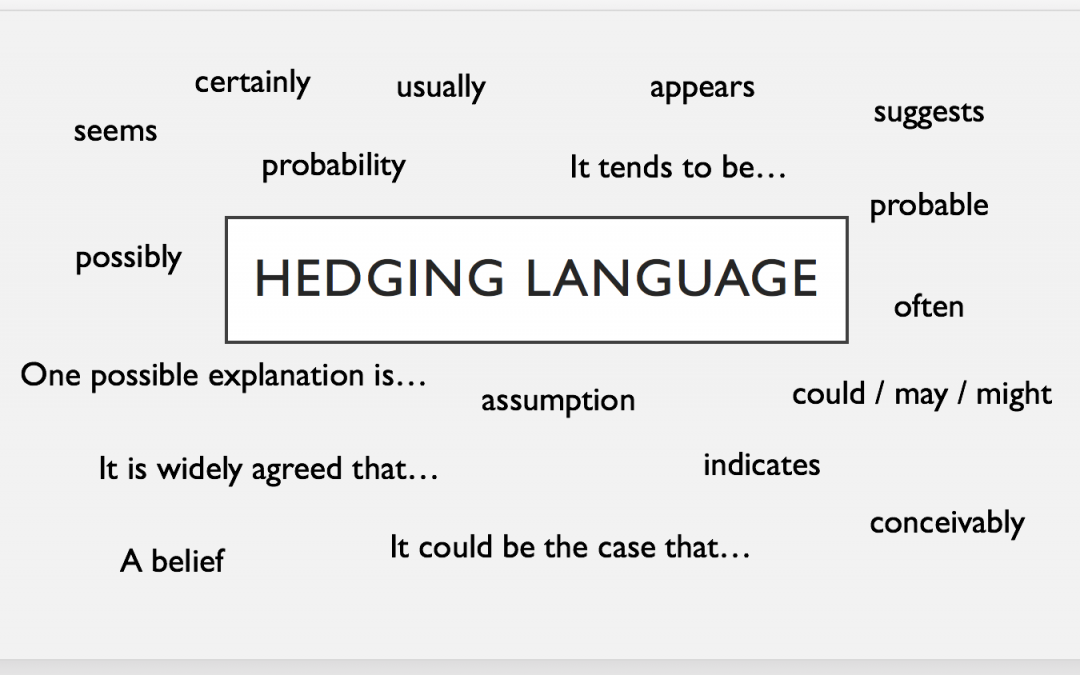

The Karl Pearson’s coefficient of correlation gives the exact measure of correlation between variables. In a perfect negative correlation, the dots lie on the same line and are downward sloping. The correlation coefficient would be equal to -1, when the correlation is perfectly negative. In a perfect positive correlation, all the dots lie in a straight line and are upward sloping. The correlation coefficient would be equal to +1, when the correlation is perfectly positive.
It enables us to make our decision for the future course of actions. Sample Paper all are made available throughthe best app for CBSE studentsand myCBSEguide website. However if it is positive then both variables vary in the same direction else if it is negative then they vary in the opposite direction. D) Test the significance of the correlation coefficient using a t-test at a significance level of 5%. In these examples both variables are observed as Correlationthey naturally occur, since neither variable is fixed at predetermined levels.
Nearly 55.2% of patients reported OGDs in our study are comparable to other studies. Olfactory dysfunctions were in 26.4%, gustatory dysfunctions in 9.0% and both OGDs in 19.9% of cases. Lechien et al., a multicenter European study, showed 85.6% and 88.0% of patients with olfactory and gustatory dysfunction, respectively. Mao et al. studied the frequency importance of correlation of neurological manifestation in 214 COVID-19 patients in Wuhan, China, showed that 5.1% and 5.6% had olfactory and gustatory, respectively. A cross-sectional study of 88 hospitalized patients in Milan, Italy, showed 33.9% affected by OGDs. Hence, accordingly, we have noticed wide variation in results along different geographical location.
The revision notes help you revise the whole chapter in minutes. Revising notes in exam days is on of the best tips recommended by teachers during exam days. CBSE Economics Chapter 7 Correlation class 11 Notes Economics in PDF are available for free download in myCBSEguide mobile app. The best app for CBSE students now provides Correlation class 11 Notes Economics latest chapter wise notes for quick preparation of CBSE exams and school based annual examinations. Class 11 Economics notes on Chapter 7 Correlation class 11 Notes Economics are also available for download in CBSE Guide website. Hence if we change the unit of variables, covariance also has new value but sign will remain the same.
- Because correlational research could only be used to discover the statistical link between two parameters, it is limited.
- The similarity between correlation and regression is that if the correlation coefficient is positive then the slope of the regression line will also be positive .
- The correlation coefficient which is denoted by ‘r’ ranges between -1 and +1.
Correlation explains the change in one variable leads to how much change in the second variable. Explain how the study of correlation helps in forecasting demand of a product. Suggest five pairs of variables which you expect to be negatively correlated. Suggest five pairs of variables which you expect to be positively correlated. Question of determining whether an association exists between the two variables, and if it does, to what extent.
Support for Research Studies- AMMA Research Action Group (RAG)
Correlation and Regression, both being statistical concepts are very much related to Data Science. So, if you have a background in statistics, and want to take up a career in statistical research on Correlation and Regression, you may sign up for a degree course in data analytics as well. The third goal of correlation and regression is finding the equation of a line that fits the cloud of points.
Correlation coefficients are typically calculated for two variables . In addition, but a multivariate relationship between two variables can be calculated for three or more factors. After gathering data, you can use correlation or statistical modeling, or both, to statistically assess the relationship among variables. A scatter plot could also be used to depict the relation between variables.
Correlation and Linear Regression: What is Linear Regression?
Regression examines the second question of establishing an appropriate relation between the variables. The pathophysiology of olfactory and gustatory disorder in COVID-19 is remaining unclear. These symptoms can be first presenting symptoms, concomitantly or after the onset of general symptoms of cough, fever, sore throat, myalgia and shortness of breath. It was declared as global pandemic by the World Health Organization on March 11, 2020. More than 120,383,919 people have infected with SARS-CoV-2 along with 2,664,386 over fatalities as of March 17, 2021.

The correlation coefficient between the random variables X and Y, you have to divide the sample covariance of X and Y by the product of the sample sat.deviation of X and Y respectively. Covariance and correlation both are mathematical concepts that are also used in statistics and probability theory. Correlational study is solely willing to look backwards at historical information and observe the past.
Covariance and Correlation
If all of the points are on a straight line, the correlation is perfect and is referred to as unity. With the scatter of dots in the graph, we can form an idea of the nature of the relationship. We need to first construct a table as follows to get the required values of the formula.
To illustrate this short cut procedure, let us compute the correlation coefficient for the same data. We shall take U to be the deviation of X values from the assumed mean of 30 divided by 5. Similarly, V represents the deviation of Y values from the assumed mean of 400 divided by 10.
Co-efficient of Correlation:
Sudden onset of OGDs without any other respiratory disease should alert physician for possibility of COVID-19. The aim of this study was to investigate the presence, onset and recovery of OGDs in laboratory-confirmed SARS-CoV-2 patients. The value of r is sensitive to the range of values and is usually higher when the spread of values is higher. Pearson’s r is very sensitive to extreme values which can change the r values significantly. Although there are plausible explanations for both, causality cannot be established until additional study is conducted. A third, unidentified variable might also be to blame for both.
Regression can be defined as a measurement that is used to quantify how the change in one variable will affect another variable. Regression is used to find the cause and effect between two variables. Linear regression is the most commonly used type of regression because it is easier to analyze as compared to the rest. Linear regression is used to find the line that is the best fit to establish a relationship between variables. Correlation and regression are the two most commonly used techniques for investigating the relationship between quantitative variables. Correlation is used to give the relationship between the variables whereas linear regression uses an equation to express this relationship.
A scatter diagram does not measure the precise extent of correlation. It is a very simple method of studying the correlation between two variables. Correlation is a statistical measure that shows the degree to which two or more variables fluctuate in relation to one another. A) we say there is a positive correlation between x and y if there is no distinct pattern in the scatterplot.
This property reveals that if we divide or multiply all the values of X and Y, it will not affect the coefficient of correlation. In statistics, the coefficient of multiple correlation is a measure of how well a given variable can be predicted using a linear function of a set of other variables. It is the correlation between the variable’s values and the best predictions that can be computed linearly from the predictive variables. Again, let us use the same hypothetical and real-world examples that we demonstrated earlier in this chapter.
Thus numerical measurement of the correlation is provided by the scale which runs from +1 to -1. The size of ‘r‘ indicates the amount of correlation-ship between two variables. If the correlation is positive the value of ‘r‘ is + ve and if the correlation is negative the value of V is negative. Thus, the signs of the coefficient indicate the kind of relationship. Ans.5 Partial correlation measures the strength of a relationship between two variables, while controlling for the effect of one or more other variables. Partial correlation measures the strength of a relationship between two variables, while controlling for the effect of one or more other variables.
Its unit is assumed to be the product of the unit two variables. The impact of a unit change in the known variable on the estimated variable is indicated by the regression coefficient. If the value of one variable is known then the value of the other variable can be estimated using functional relationships. It is the most common formula used for linear dependency between the data set. When the coefficient comes down to zero, then the data will be considered as not related. For example, we might want to see if there is a correlation between the amount of food eaten and blood pressure, while controlling for weight or amount of exercise.
Correlation:
Correlation analysis helps to figure out how significantly the variables are correlated among each other. The coefficient of correlation is measured on a scale that varies from +1 to -1 through 0. The complete correlation between two variables is represented by either +1 or -1. The correlation is positive when one variable increases and so does the other; while it is negative when one decreases as the other increases.
Positive correlational research is an important strategy that uses two significantly correlated variables to see if an adjustment in one causes a similar transformation in the other. For instance, a rise in employee wages can lead to a rise in the cost of the product, and likewise. Extraneous factors are controlled to a limited extent or not at all in correlational research.
The correlation is said to be positive when the variables move together in the same direction. E.g. sale of lce cream and temperature move in same direction. The value of the sample correlation coefficient is used as an estimate of the true population correlation p. It is desirable to incude a confidence interval for the true value along with the sample statistics. There are several methods for obtaining the confidence interval for p.